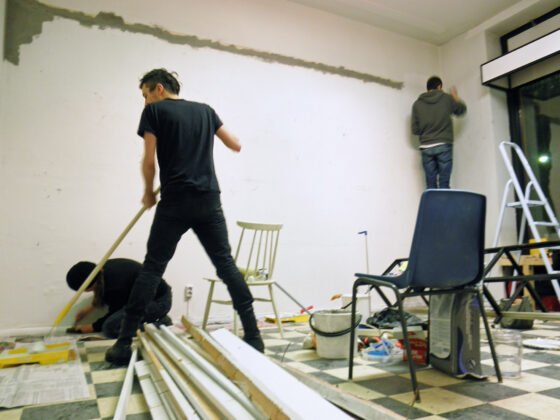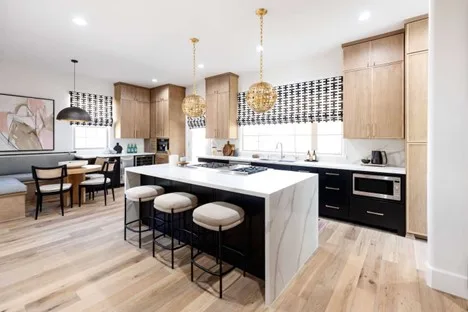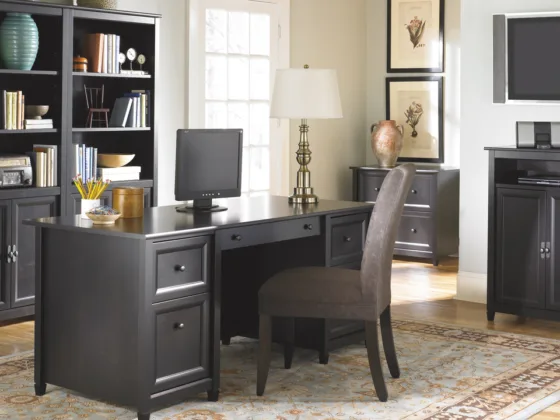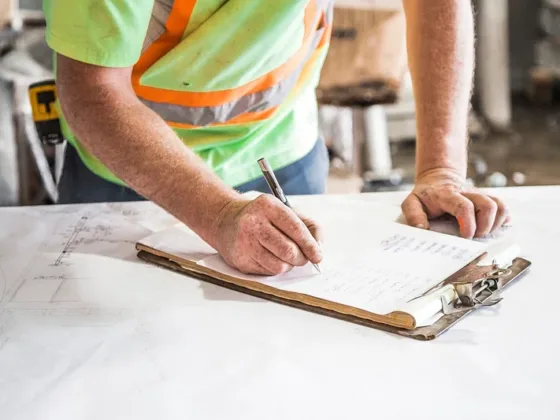Table of Contents Show
I cannot stress enough how important a pool pump filtration system is to the health of your pool. A pump filter, as the name suggests, is responsible for filtering your pool water. Filtration separates dirt and bacteria from the water, leaving your swimming pool looking spotless. Additionally, it evenly distributes water treatments in the swimming pool for chemical balance.
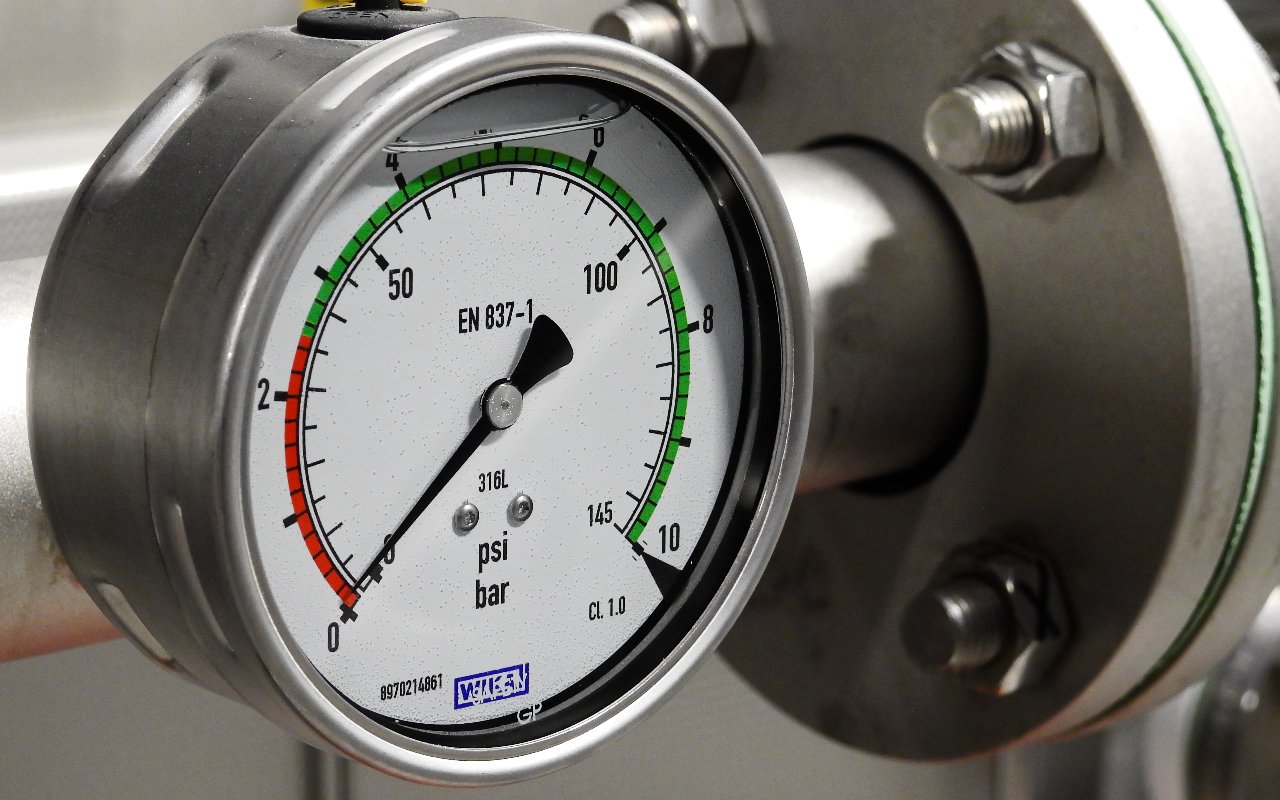
Knowing how vital the pool pump is in your pool, you should learn how to relate and interpret it.
To everyone’s relief, we have a gadget that we can use to monitor the pump filter. It is the pool filter pressure gauge, it may seem peripheral, but it’s significant to the pool filter.
I believe we all want to use all our resources optimally; the first step is to understand them. Therefore, below is all you need to know about the pool filter gauge.
What is a Pool Filter Pressure Gauge?
A pool filter pressure gauge is a device that detects and reads the pressure in the filtration system of your pool. It’s your typical type of filter gauge. It is attached on top of the pool filter and has scale readings with a mobile pointer that runs across the PSI readings.
The pool filter gauge uses Psi measurements. PSI means Pounds per Square Inch; it is a unit for measuring water, air, and liquid pressure. You may have heard the name while filling your car tires with pressure.
The filter pressure gauge readings indicate the level of pressure in the filter. Therefore, you will know the condition of your filter from this. There could be an issue when the gauge has an abnormal reading. From there, you can find the root cause.
Read Also:
What Should the Pool Filter Pressure Gauge Read?
Being aware of what the pool filter pressure gauge does, you should know what to consider as usual or unusual. The amount of pressure in your pool filter is not always consistent because of uncertainties.
However, the determinants of pool pressure are the size of your pool and the pump motor. Having concluded various situations, 10 -25PSI is what you should consider normal.
Good thing, you can always find out for yourself. On the first day, you buy your pump or make some adjustments, take the reading, and use it as the bottom line. Ensure that the pool pump is functioning optimally at that time.
I would recommend taking consecutive readings and finding the average. From there, you should monitor the gauge reading once a week and draw a chart. It makes you feel accountable and confident to step up in case an abnormality arises.
What You Should Do if Your Pressure Reading is Too High
A high-pressure reading usually surpasses your bottom line reading. A pool pump has two piping sides; the suction side and the pressure side. When the pressure is abnormally high, it means that something has interrupted pressure side flow. The common issue is a clogged or dirty filter.
It does not always mean that you need to clean the filter because the dirt can come in handy. When the filter gathers dirt particles, these particles can help the filter to accumulate more dirty materials faster. Therefore, do not get alarmed when the pressure reading is slightly high.
But how high is too high? Too high is 10PSI above the bottom line reading. It means that it is time to clean your pool filter.
Air Relief Valve
Pool pump designers have constructed the air relief valve that works hand in hand with the filter pressure gauge. They may seem unrelated, but we find the pressure gauge on top of this air valve. So how is the valve related to pressure?
The air relief valve is responsible for relieving the pool filter of excess air pressure. So if your pressure gauge reading escalates, try opening the valve to release surplus pressure.
It should put you at ease because you do not have to worry about the entire filtration system. Usually, when air finds its way into the filtration system, it causes the pressure to rise after building up over time. When air is the problem, the air relief valve can solve it.
When Do I Replace the Pool Filter Pressure Gauge?
A cartridge filter can last for about three to five years. The filter pressure gauge goes off after six months. By going off, I mean conveying a loud message for you to clean the filter or do some necessary repairs.
If you have done the repairs when the PSI is low, the pressure gauge should function well for another six months. Similarly, if you have cleaned your filter due to high pressure, the pressure gauge should indicate bottom line readings.
However, if the pressure gauge is not doing what it should, you need to replace it. It could be showing inconsistent readings even after thorough maintenance indicates that the pressure gauge is the problem.
Come to think of it; a faulty pressure gauge might cost you a lot of time and money. You can get an abnormal pressure reading and begin instant repairs that are unnecessary in the first place.
Here are some of the other things you should check.
- Visible wears on the pressure gauge such as corroded fittings or cracked glass.
- The movement of the pointer; is it steady or sloppy?
How Do You Replace a Filter Pressure Gauge?
- Disconnect the power supply to your pool pump.
- Pick your pool pump and open the air relief valve.
- Remove the filter pressure gauge by rotating it counterclockwise.
- Clean the folds and the rest of the empty area.
- Wrap plumbers’ tape thrice for a firm attachment.
- Mount the new pressure gauge and tighten it with your hands and a wrench.
- Turn on the pool pump and release air through the air relief valve.
Final Words
I believe that you have finally figured out how to understand your filtration system through the filter pressure gauge. The gauge can save you a lot of trouble and still get you into trouble.
The best way is to check the source of the problem and the health of your filter gauge before rushing into things. I am not sure how many times you have vainly conducted filter checkups. But be sure that from now on, you know how to be confident when making your next move.

